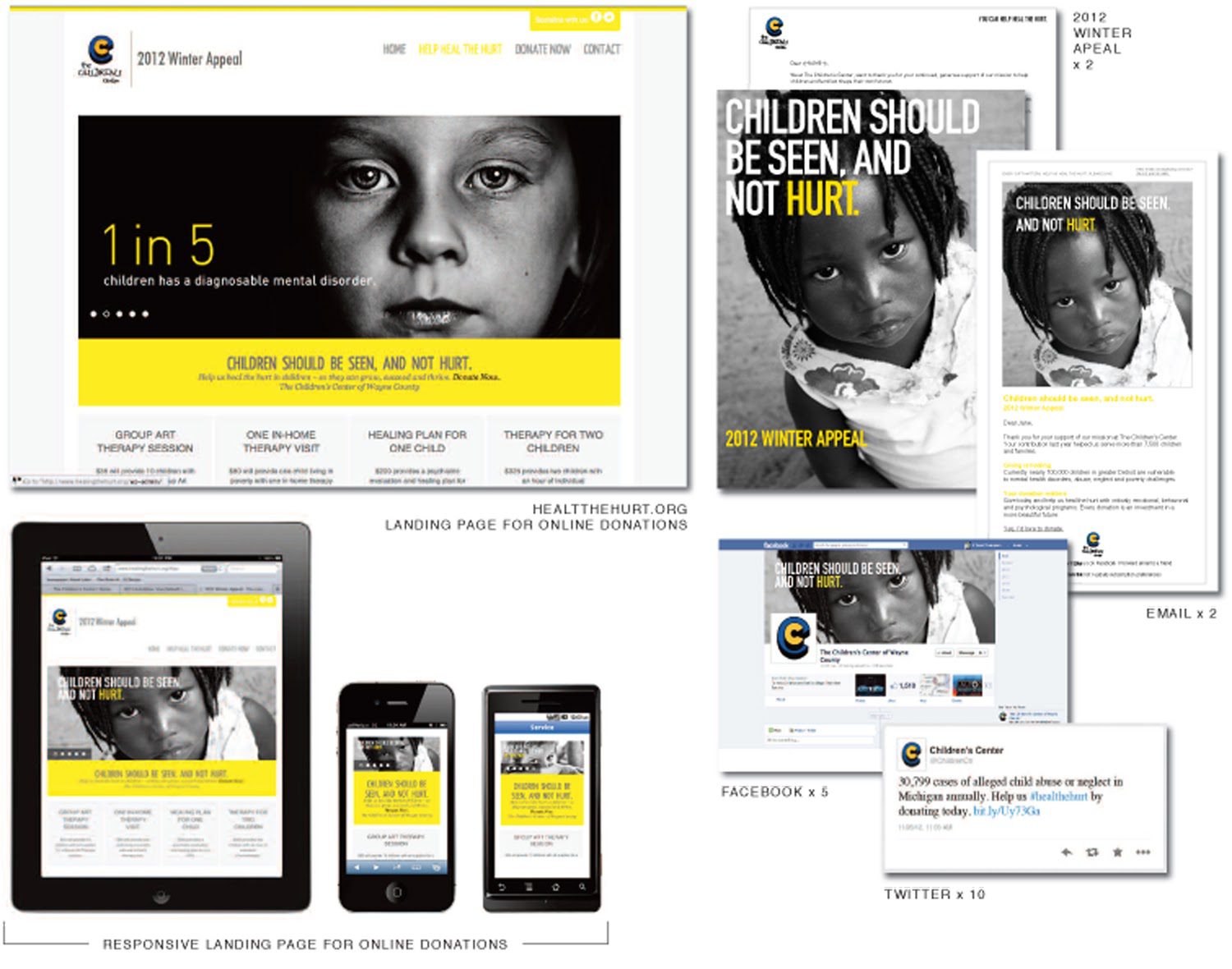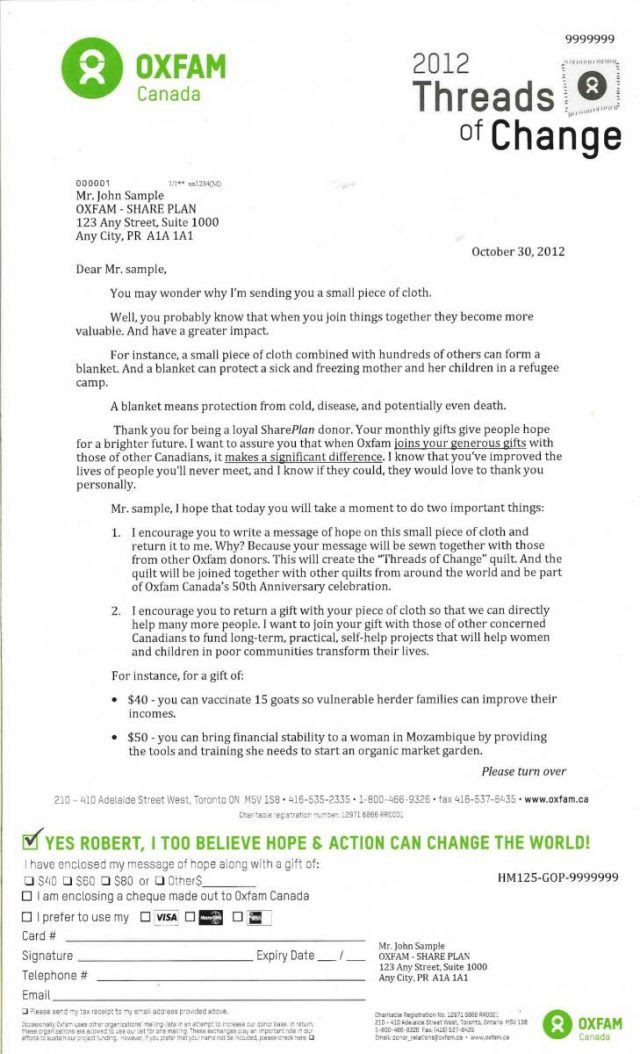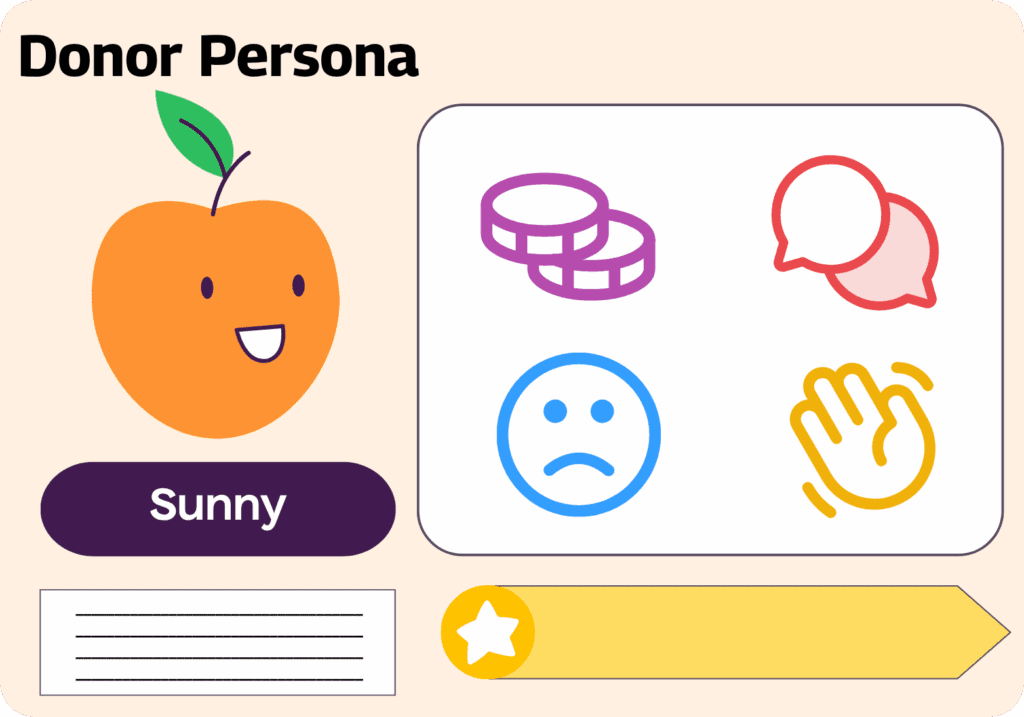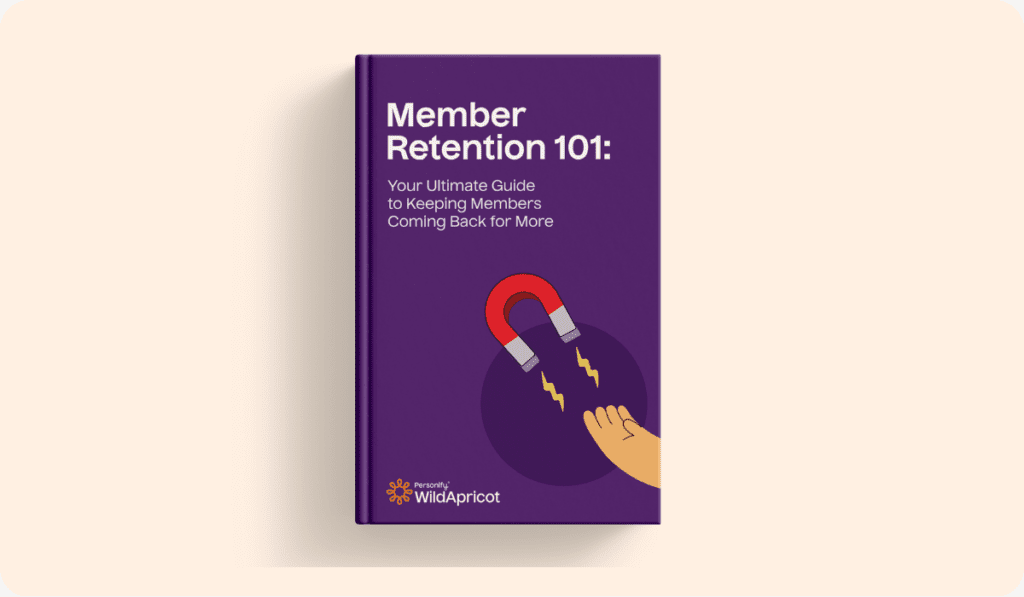As we settle into the final quarter of a truly remarkable year, it’s nice to be reminded that some things never change. No matter how much upheaval and unprecedented circumstances occur, you’ll still need a year-end giving letter.
Year-end fundraising is a major season for most nonprofits — as you well know. When up to 30% of total giving occurs in December, it’s important to base your campaign around communications that stand out, draw supporters in, and inspire them to give.
But what makes a good letter? How many emails should you send? How can you make the most of this generous season?
In this post, you’ll learn:
- What pieces to include in your appeal strategy
- How often to send communication
- 5 tips for your year-end fundraising letter
- 5 examples to inspire you
- A letter template to help you put together your appeal
Communication for Your Year-End Fundraising Campaign
Your end of year campaign consists of several communications pieces, so to keep them straight, you’ll want to put together a schedule beforehand. Your communications plan might include:
An initial year-end giving letter, sent by mail
Direct mail is at the heart of many year-end campaigns, and for good reason. The old-fashioned appeal letter still gets excellent results. This letter is where you’ll introduce your supporters to the campaign and the change they’ll help accomplish when they give and ask for their support.
An email series of 4-7 emails
Think of your digital strategy as part of your larger communications strategy, not a separate thing. Multi-channel communication reaches your donors wherever they may engage with you. It would be cost-prohibitive to send everyone another mailed letter every week in December, but email makes it easy and inexpensive. Your emails should continue the storytelling of your year-end giving letter to reinforce the message and ask. You can use this email series to show more angles of donor impact, tell more stories, and inspire online giving.
A mailed postcard follow up
You may want to send one postal reminder about your initial appeal, in mid-to-late December. Postcards are relatively inexpensive and can quickly get the message to those who haven’t given yet. (Plus, many people don’t get much mail, so it can stand out more than the usual email.) Since they typically don’t include a reply-device, point donors to give at your website.
A special email series for the very end of the year (December 29-31)
12% of all annual giving in the US happens in the last three days of December. For whatever reason, people leave their charitable giving to the very last minute. It’s not too much to send an email on each of these days, and maybe another one in the evening of the 31st. This email series will focus more on urgency than the rest of your year-end giving emails.
Follow-up and thank you messages in January
Once the year-end giving crunch is over, you’re still not quite done communicating with your supporters. Plan the thank you and follow-up messages you’ll send in January to start the new year strong.
Read More: How to Write The Best Thank-You Letter for Donations + Three Templates and Samples
Frequency and Cadence
What to send and when to send it are key questions for your year-end giving campaign, since year-end fundraising is a little different than other times of year. Because of the potential for tax-deductions, supporters may appreciate more communication reminding them to make donations before January that they might be annoyed by at other times.
Plus, during the busy holiday season, it’s easy for people to miss messages if they only come once or twice.
So, when planning your calendar, first consider the important dates and deadlines of the season. You may not want to time important messages to arrive the day before Christmas or the first night of Hanukkah, for example, when your supporters may be too busy to consider your appeal. Holiday-themed messages sent before (US) Thanksgiving may feel “too soon” to supporters while starting your campaign a few days before Christmas is almost certainly too late to get all the necessary messages in. If you’re doing a separate GivingTuesday campaign, you’ll need to include that in your plans as well.
Some organizations start their year-end season as early as October, while others use GivingTuesday as the kickoff. Your best start date will depend on your fundraising calendar as a whole, your audience and their preferences, and your fundraising goal.
Here’s a sample communications calendar.
- US Thanksgiving, November 26: Thank you email to all supporters
- November 30: Mail the year-end giving letter
- GivingTuesday, December 1: Specific GivingTuesday campaign emails
- Once a week, all of December: Year-End Giving emails, each week removing people who have already given
- Mid-December: Mail follow-up postcard to those who’ve not yet given (include text apologizing if they gave and you crossed in the mail). You can also start sending holiday messages thanking donors for support (an email or an additional mailed holiday card if that’s something your organization does)
- December 29, 30, 31: Final year-end emails
5 Best Practices for Year-End Giving Letters
When you’re writing your donation letter and emails, keep these best practices in mind to stand out and inspire your supporters.
1. Tell a Story
The story your organization tells should focus how you’re helping people and making change in the world, not only on how much you need money. A fundraising letter asks for money, of course, but “we need money” isn’t the real message. The message is your mission, and everything must relate back to that.
Storytelling stirs emotions and awakens empathy — the very thing that drives giving. It’s how you go beyond dry facts and introduce your audience to the people you’re helping, the importance of your cause, and their role in making the world a better place.
Use your end of year donation letter to help your audience connect emotionally with your cause. Feature a person your organization helped, include quotes from the field, or illustrate the “before-and-after” of your work. Use visual storytelling to help your supporters visualize your work with clear, high-resolution photos and, in email, video.
(And if you want to skip right to the examples we’ve found that do just that, click here.)
2. Use a Clear Call-to-Action
What do you want the donor reading your appeal to do? Make a gift, right?
There’s no reason to be coy about it when you both already know it. So, make your fundraising ask clearly and explicitly. Use a specific call-to-action, like “Give today” or “Won’t you join us? Make your gift now.”
Donor data can help you get even more specific by helping you determine an appropriate ask amount or to choose giving options that the donor is likely to respond to like, “Your $50 gift will provide the afterschool program with ten new books for young readers, won’t you make it today?”
3. Focus on the Donor
Your year-end giving letter must strike a delicate balance: inspiring support for your organization, without being so self-focused that you leave the donor out. While building the case for support, you don’t want to slip into self-congratulations (“This is a letter to tell you we’re the best organization on earth.”) or self-pity (“This is a letter to tell you we’re the neediest organization in town.”).
The key to finding equilibrium between these goals is to focus on the donor, and what their support accomplishes. This is a low-key way to show you’re trustworthy and effective, while making donors feel empowered and excited about their role in your cause. Use phrases like, “With your help,” “because of you,” and “you make this possible.”
4. Segment Your Donors
Your donors are not all the same. Modern software allows you to acknowledge this with donor segmentation. By creating specific segments, you can speak more directly to groups of donors.
You’ll definitely want to create a regularly-updated segment of people who respond to your appeals, so you can remove them from your flow of fundraising asks once they’ve given. In addition, you may want to create segments by giving level, relationship with your organization, or special interests within your cause, and adjust your appeals to target them.
5. Say Thanks
Include gratitude in your year-end communications strategy from the beginning. Create a thank you letter specifically for the campaign and send it as soon as you possibly can. Plan to follow-up in January with additional acknowledgment.
During the year-end fundraising push, donors get asked a lot. That makes it even more important to make your appreciation as robust as your solicitations.
5 Year-End Giving Letter Examples to Inspire You
Take a look at these five end of year appeals to get ideas for storytelling, donor-centered narratives, and more.
1. Habitat of Humanity of Williamson County

This letter shows you don’t need a ton of bells and whistles to make a strong fundraising appeal. It tells an emotional story about someone helped by the program, then quickly moves to explain the great need and the difference a donor can make in someone’s life.
2. The Children’s Center of Detroit

In this campaign, the Children’s Center of Detroit quickly communicated their child-focused message with a memorable play on words. This multi-channel campaign used compelling imagery, which they made sure donors saw by sending all direct mail in clear poly-bag mailers.
3. Oxfam Canada

This creative campaign from Oxfam Canada asked donors to do two things: make a donation and write a message of hope on a quilt piece that they’d return with their contribution. This gave donors an additional incentive to give while providing them with a personal, tangible way to express their commitment to the mission.
4. Baptist World Aid Australia

This year-end giving letter from Baptist World Aid Australia uses dramatic and succinct quotes to introduce supporters to Yan and her family, and show how they can be part of lifting families out of poverty.
It also highlights matching funds, an effective tactic. This letter was part of a larger giving strategy. Before the year-end letter went out, Baptist World Aid Australia surveyed mid-level donors, looking for potential “growth givers” who were interested in making gifts of $1,000 or more to provide the match.
5. Solar Aid

This example is about using your own donor data to inform your decisions, rather than what everyone else is doing.
You’ll notice this year-end letter from SolarAid doesn’t have a monetary ask. This is unusual, but it’s because they were in a rather unique situation. In a previous campaign, they’d sent the solar lights to donors who gave at or above a certain level. They found that the biggest result was an influx of gifts not from the original donors, but their friends and neighbors who saw their solar lamps and wanted their own!
So in this year-end appeal, Solar Aid sent a light and made sharing the message their call-to-action.
Your Year-End Giving Letter Template
Ready to start drafting your year-end fundraising letter? Use this template to get started.
And there you have it: the perfect way to schedule and send out your year-end giving letters.
Are there any other tips or examples you’d like to share? Let us know in the comments!










